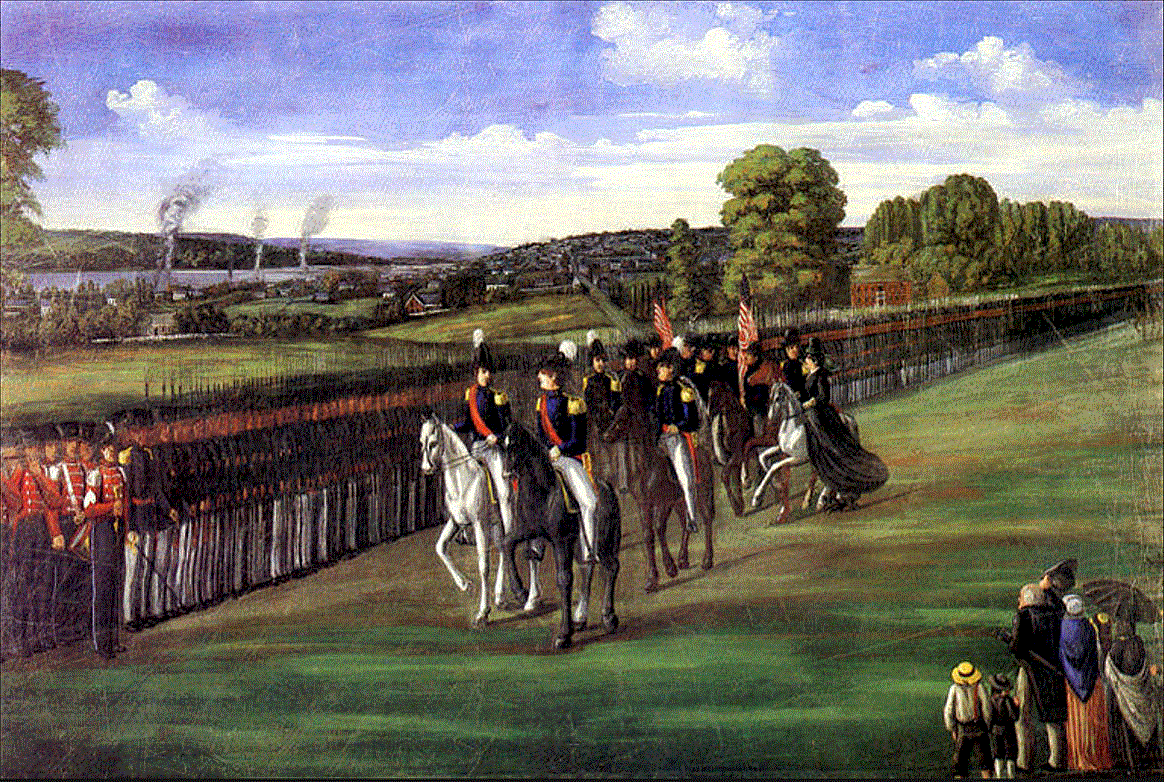During James Buchanan's presidency, Utah was considered a US territory and not yet a state. In 1847, Mormon pioneers had settled in Salt Lake Valley. Under the guidance of Brigham Young, the settlers petitioned to become a US state and formed their own state constitution. Mormons were the majority in the great Salt Lake Basin, where they resided, and President Fillmore formally appointed Young as governor of the territory. Yet tales of Mormon polygamy had given much of the country a negative opinion of the Mormons, starting a controversy on the Mormon people governing the Utah territory.

Many federal officials sent to the Utah territory were prejudiced against the Mormons, and took issue with the Latter-Day Saint's polygamous practices and the lack of clear distinction between church and government. For their part, the Mormons held a certain hostility for many government representatives who they felt had chased them out of the eastern lands and forced them into the Utah territory. When tensions rose and some federal officials moved back East to avoid dealing with the Mormons, President Buchanan saw it as a sign that the Mormons were getting too rowdy and rebellious.
Buchanan replaced Brigham Young as governor with Alfred Cumming, and he sent 2,500 troops to accompany Cummings and oversee the turnover to new leadership. Though these troops were ordered to not be on offense, Mormons felt threatened. They felt that they would be oppressed, being overtaken by a non-Mormon group, and they prepared to evacuate as well as burn their own homes and crops in retaliation. Upon delivering this message to the US army troops, US Army Captain Van Vliet stated his support for the Latter-Day Saints and for the end of the Utah War.

No battles actually occurred during this war. Frequently, the opposing forces clashed. The Mormons raided from the US army troops, and the US army troops fired some shots at the Mormons, killing no one. In November of 1857, Cumming declared that Young and his followers were guilty of treason and prepared to attack. In the winter, negotiations began, and Young traveled with US army troops to formally hand over leadership to Cumming. Following this, Cumming became a moderate voice against the more anti-Mormon voices amongst the community. Nearly 30,000 people were relocated as Young's followers moved South and away from their former territory. Buchanan pardoned the Mormons from the treason charges, which Young happily accepted while denying that Utah had ever rebelled against the government.
Ultimately, the US troops saw casualties of less than 50 men, while the Mormon casualties are unknown. Upwards of 100 civilians were also casualties in this short war.
Sources: Wikipedia, Smithsonian Mag, Info Please, History to go
No comments:
Post a Comment